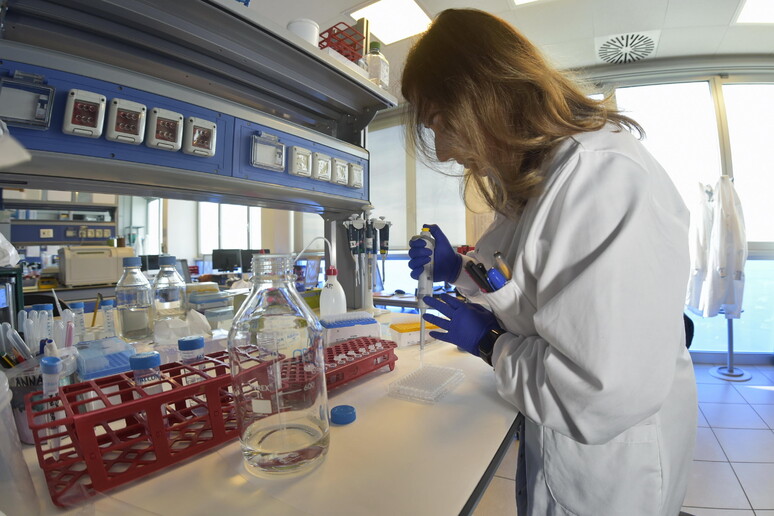The lack of an enzyme in the body
causes the fatal nerve-wasting disease Amyotrophic Lateral
Sclerosis (ALS) or Lou Gehrig's Disease, an Italian study has
shown, raising hope for new treatment options.
The study by Milan's Mario Negri Institute and Turin's Città
della Salute, published in the journal Brain, shows that the
lack of cyclophillin A induces the terminal condition, which is
also known as Motor Neuron(e) Disease (MND).
Conducted in animal models and on humans, the breakthrough
"could be a first important step towards developing a therapy,"
said the researchers.
ALS is a neurodegenerative disease that results in the
progressive loss of motor neurons that control voluntary
muscles.
The affected muscles are responsible for chewing food, speaking,
and walking.
Motor neuron loss continues until the ability to eat, speak,
move, and finally the ability to breathe is lost.
ALS eventually causes paralysis and early death, usually from
respiratory failure.
There is no known cure for ALS, and the goal of treatment is to
improve symptoms.
The disease became well known in the United States in the 20th
century when in 1939 it affected baseball player Lou Gehrig and
later worldwide following the 1963 diagnosis of cosmologist
Stephen Hawking.
The average survival from onset to death is two to four years,
though this can vary, and about 10% survive longer than 10
years.
In Europe, the disease affects about two to three people per
100,000 per year.
It hits professional soccer players on average two times
more than the general population and Serie A players are hit six
times more, a study from Milan's Mario Negri Institute said in
2019.
There have been several high-profile cases in Italy of
right-to-die ALS sufferers committing suicide due to the
hopelessness and physical incapacitation of the condition.
ALL RIGHTS RESERVED © Copyright ANSA











